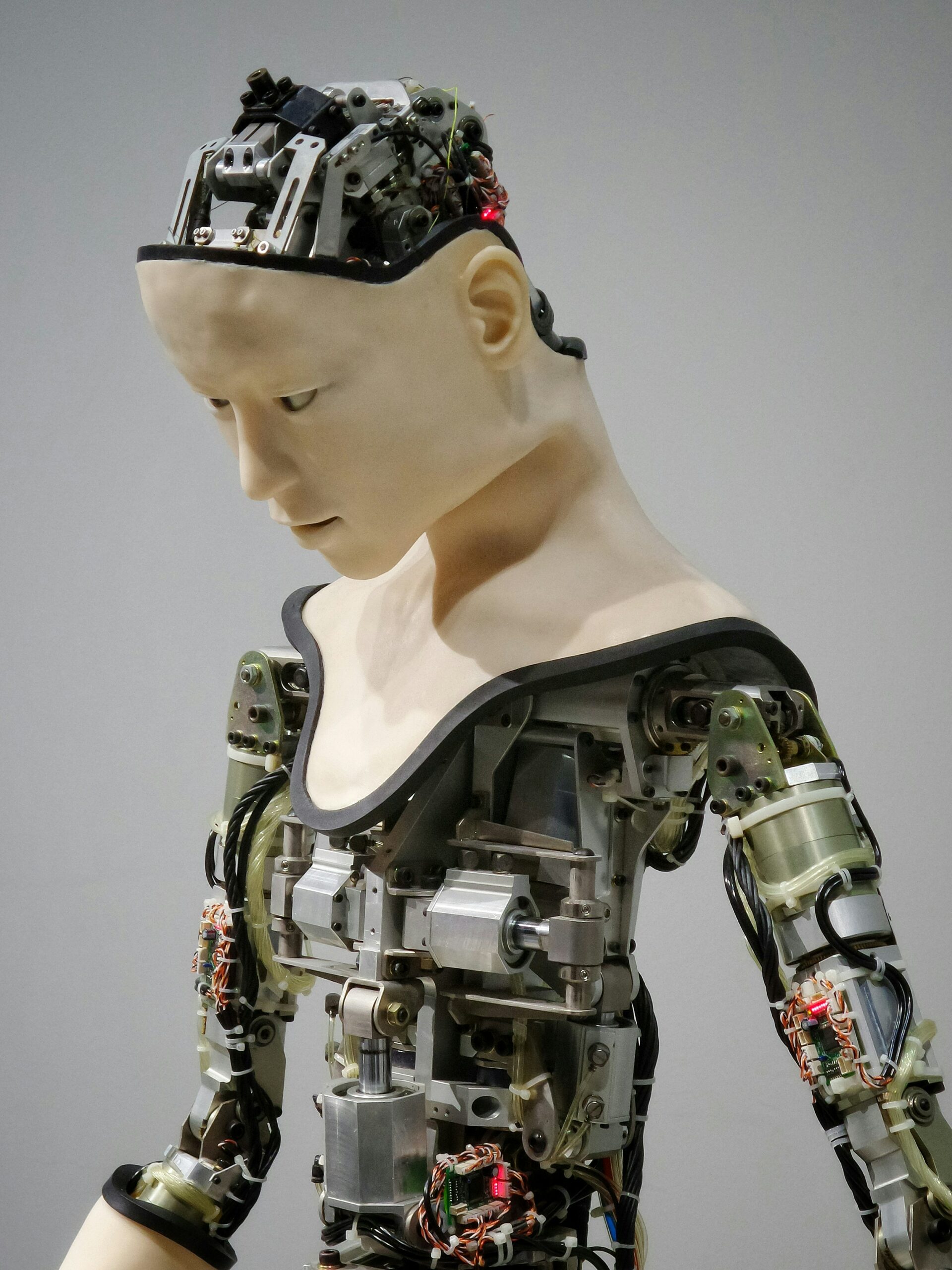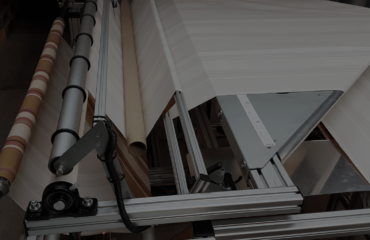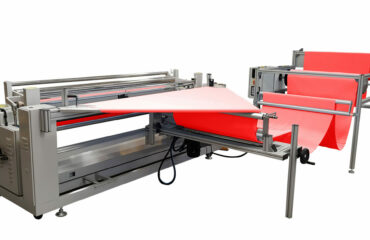The textile industry is experiencing a significant transformation, with Artificial Intelligence (AI) at its core. AI is revolutionizing textile design by automating processes, predicting trends, and promoting sustainability. This technological advancement is reshaping how designers and manufacturers approach creativity and production.
What is Textile Design AI?
Textile design AI involves utilizing artificial intelligence to enhance and automate the creation of textile patterns and designs. By analyzing extensive datasets, AI can generate unique designs and forecast consumer preferences. For instance, AI can blend historical patterns with current trends to produce innovative designs, expediting the creative process and fostering unprecedented innovation.
How AI is Transforming Textile Design
1. Automating Repetitive Tasks – AI streamlines tasks such as pattern creation and color adjustments, allowing designers to focus on creativity. Tools like Adobe’s Sensei automate pattern generation and color matching, enhancing efficiency.
2. Predicting Trends – By analyzing data from social media and fashion platforms, AI predicts upcoming trends. Platforms like Heuritech scan millions of images to identify emerging patterns, helping brands stay ahead.
3. Personalization at Scale – AI enables mass customization, allowing consumers to personalize products without hindering production. Companies like Unmade offer personalized knitwear, letting customers select colors and patterns.
4. Sustainable Design Solutions – AI optimizes material usage and reduces waste by calculating efficient fabric-cutting methods and suggesting eco-friendly materials, aiding brands in adopting sustainable practices.
Real-World Applications of Textile Design AI
- Fashion Brands Leading the Way – Brands like Stitch Fix use AI to analyze customer preferences and recommend personalized clothing. Similarly, Zara employs AI to monitor real-time sales data and adjust designs accordingly.
- Textile Machinery and AI Integration – Companies are integrating AI into textile machinery to optimize production, ensuring high-quality results with minimal waste. For example, advanced systems use AI to adjust settings based on fabric types automatically, reducing errors and improving efficiency.
Why Textile Design AI Matters
- For Designers – AI empowers designers to experiment with new ideas and streamline workflows, bringing visions to life faster. By automating routine tasks, designers can focus more on creativity and innovation.
- For Consumers – AI-driven design offers consumers more options, including personalized clothing and eco-friendly fabrics, meeting individual preferences and reducing wait times for new collections.
- For the Planet – The textile industry is a significant polluter. AI helps reduce environmental impact by optimizing resource usage and promoting sustainable practices, contributing to a more sustainable future.

Challenges and Opportunities
While AI offers numerous benefits, challenges include potential job displacement due to automation and the need for high-quality data for effective AI systems. However, AI can create new roles focusing on creativity and strategy, and as technology advances, data collection barriers are likely to decrease.
Challenges
-
Job Displacement & Workforce Adaptation
One of the biggest concerns with AI automation is job displacement. Tasks that were once done manually, such as pattern-making, color matching, and quality control, are now being automated, reducing the demand for traditional roles. However, this shift doesn’t necessarily mean mass unemployment. Instead, the workforce needs to adapt by acquiring new skills in AI-assisted design, data analysis, and machine operation.
-
Need for High-Quality Data
AI relies on vast amounts of high-quality data to function effectively. In textile design, this means collecting and organizing fabric patterns, color schemes, consumer preferences, and trend data. Poor data quality—such as incomplete, outdated, or biased datasets—can lead to inaccurate predictions and ineffective designs.
-
Implementation Costs & Infrastructure
Small and mid-sized textile businesses may struggle with the high cost of AI implementation, which includes purchasing software, integrating AI with existing production lines, and training employees. Companies need to balance initial investments with long-term gains in efficiency and productivity.
-
Creativity vs. Standardization
While AI can generate unique patterns and automate design processes, it still lacks human intuition and artistic expression. Over-reliance on AI might lead to standardized, repetitive designs, reducing originality in fashion and textile production.
Opportunities
-
New Job Roles & Upskilling
- As AI automates repetitive tasks, new roles will emerge that require human expertise in:
- AI-driven textile design
- Digital trend forecasting
- AI model training and management
- Sustainable material innovation
- This shift creates opportunities for upskilling and cross-functional roles, blending AI knowledge with traditional design expertise.
- As AI automates repetitive tasks, new roles will emerge that require human expertise in:
-
Improved Efficiency & Cost Savings
- AI streamlines design, manufacturing, and inventory management, reducing waste and increasing efficiency.
- Brands can cut production costs by optimizing material usage and minimizing trial-and-error design iterations.
-
Enhanced Personalization & Sustainability
- AI allows for mass customization, where consumers can personalize clothing designs at scale.
- AI-driven sustainability solutions, such as fabric waste reduction algorithms and eco-friendly material selection, are helping the industry move towards a greener future.
-
Data-Driven Design & Trend Forecasting
- AI tools can analyze social media, runway trends, and past consumer behavior to predict upcoming fashion trends.
- This helps brands stay ahead of the curve, reducing the risk of overproduction and unsold inventory.
The Future of Textile Design AI
The future holds endless possibilities for AI in textile design, including creating adaptive fabrics and designs that change based on user preferences. Continued innovation and sustainability efforts will drive the industry forward.
Join the Textile AI Revolution!
Don’t miss out on the future of textile design powered by AI. Embrace innovation, sustainability, and personalization in your textile creations. For more details on how AI can transform your designs and production processes, contact h.steene@svegea.se.




